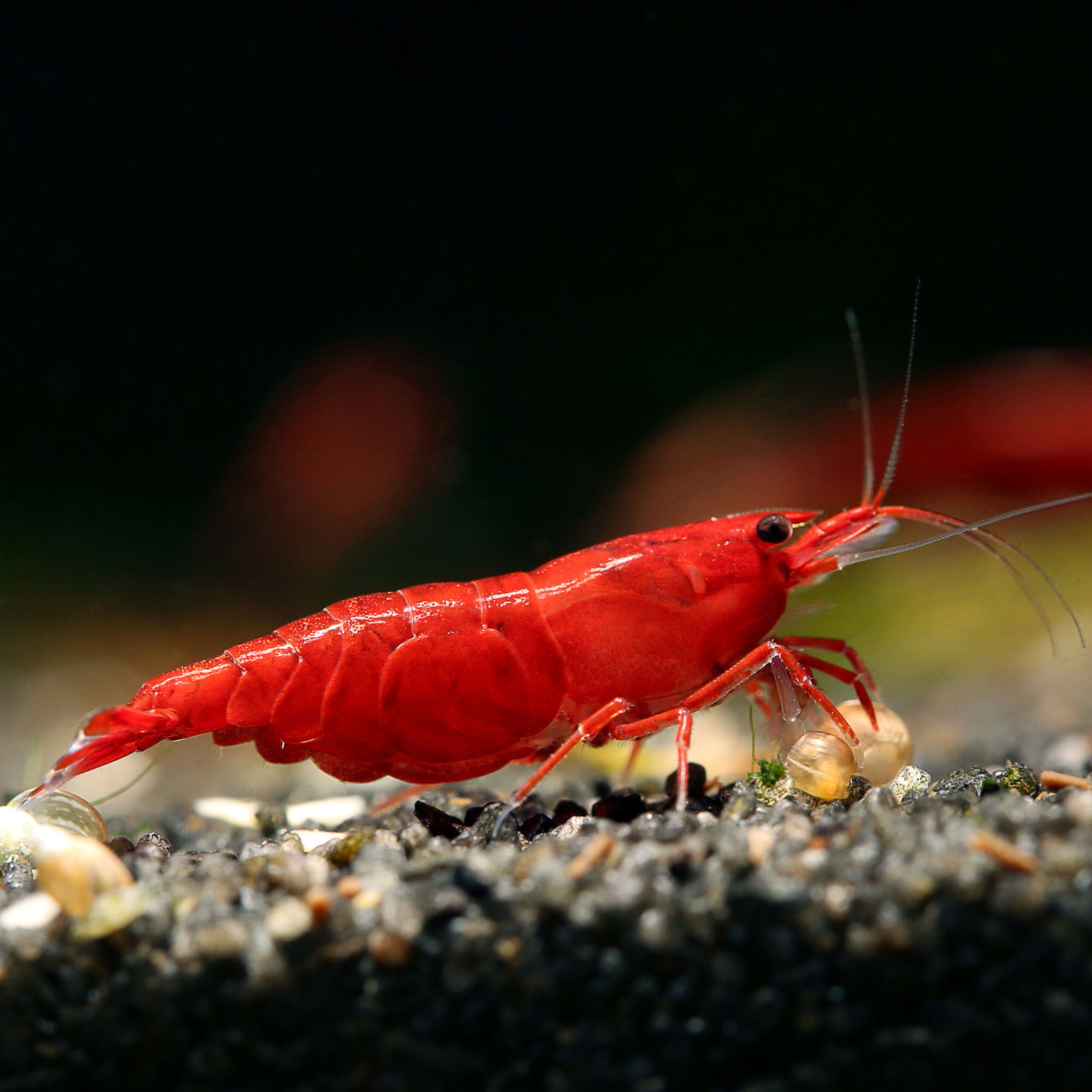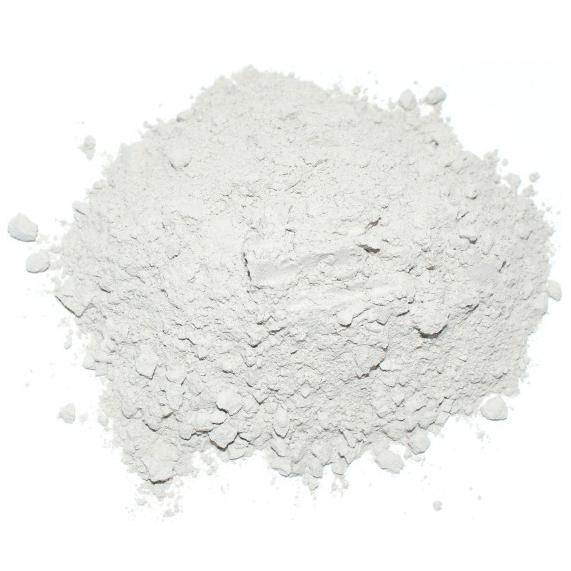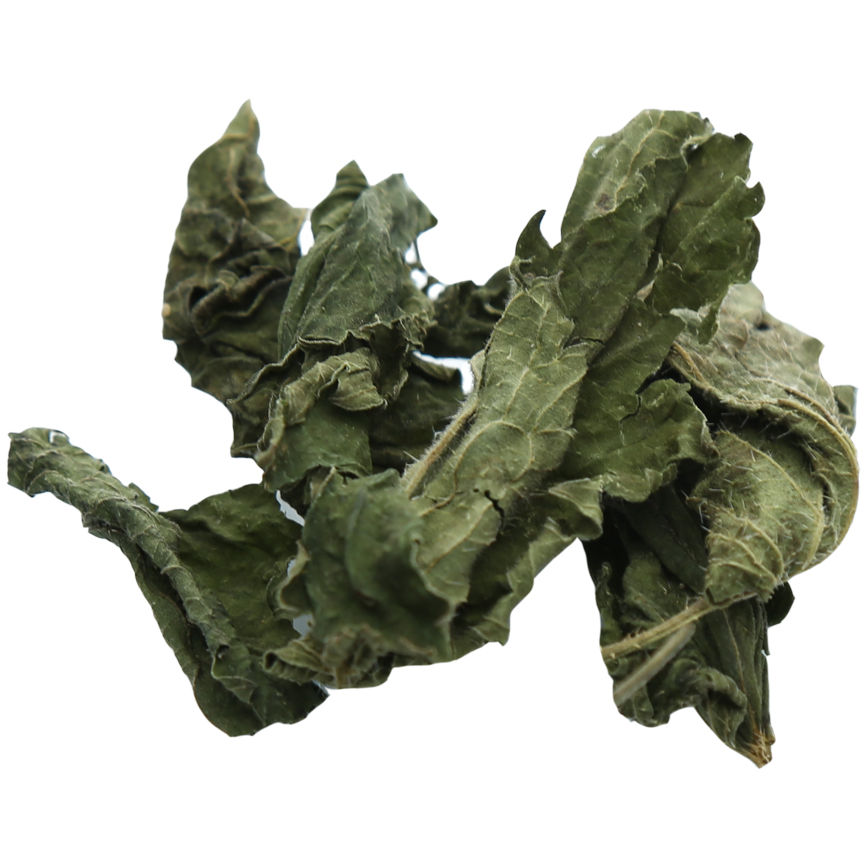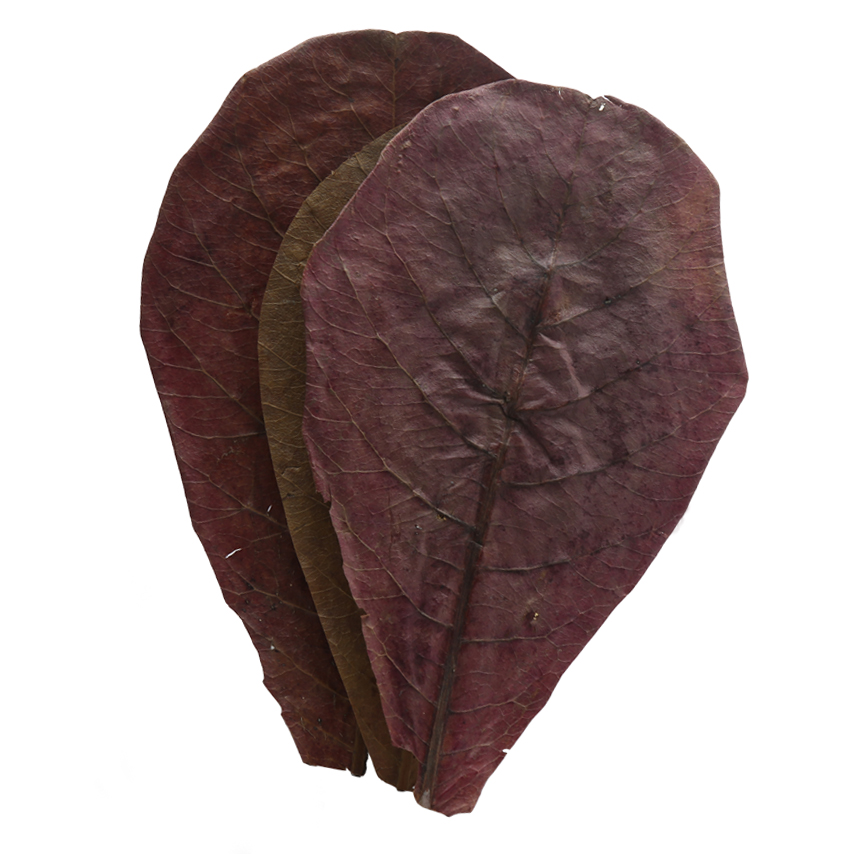Bloody Mary Sakura
Neocaridina davidi
The bright red colored Bloody Mary Sakura is a dreamy sight.
- bright wine red in color
- easy to maintain
- prolific
Out of stock
Receive in-stock notifications for this.
 Delivery in a few working days
Delivery in a few working days
 Free shipping from €60 across Austria
Free shipping from €60 across Austria





Important data
Product description & details
The Bloody Mary Sakura Shrimp is a highly bred form of the Chocolate Sakura Shrimp and therefore comes from the brown color line, in contrast to the Red Sakura, which comes from the red color line. It belongs to the species Neocaridina davidi, which originally comes from Asia and occurs in Taiwan, China and Korea. In the Red Sakura, the subcutis is transparent, the red color comes from the pigment layer above. In the Bloody Mary, however, the subcutis is not transparent, but red, which is why the red of this cultivated form has a particularly bright and translucent quality and can be easily distinguished from that of the Red Sakura in direct comparison. Adult females are particularly brightly colored. A light back line is rather the exception with the Bloody Mary Sakura.
Care in the aquarium
The Bloody Mary Sakura shrimp is a robust and undemanding species that can be kept in an aquarium of 10 liters or more. It prefers clean and well-filtered water. Due to its ability to adapt to a wide range of water parameters, it is ideal for keeping in soft to hard tap water as well as in remineralized osmosis water. What is particularly important is that the temperature of the water does not exceed 26°C for long periods of time, even in summer. In order for this sociable dwarf shrimp to feel safe, it should be kept in a group of at least 10 animals and in a well-planted aquarium. The plants, but also roots, stone structures or shrimp tubes offer it protection and places of retreat. The nature of the substrate is of secondary importance for the shrimp, but on a dark substrate it shows a much more intense color. The Bloody Mary Sakura can be socialized well with snails, but also with peaceful, small fish.
Feeding
As a classic leftover recycler, the Bloody Mary Sakura shrimp feeds on biofilm and algae growth as well as detritus (dead plant material, carrion, leftover food). In the aquarium it can be fed with special types of shrimp food, leaves, algae powder and occasionally frozen food. Feed containing astaxanthin, but also nettle leaves, additionally support the red color of the Bloody Mary Sakura. Ideally, there are always brown autumn leaves in the aquarium, which represent ideal permanent food for the animals.
Sexual characteristics and breeding
Sex determination is usually not possible in young animals, but only in sexually mature animals. Juveniles and males have a narrower underside of the abdomen, while sexually mature females have a wider underside that covers the swimming legs like a “skirt”. This widening of the abdomen serves to protect the eggs, which the female carries and cares between her swimming legs until they hatch. As with most dwarf shrimp, female Bloody Mary Sakura adults are slightly larger than males and are usually more opaque in color. All Neocaridina shrimp reproduce in fresh water and breeding in the aquarium is usually easy. After being berried for around 3 to 4 weeks, the female releases around 20-30 fully developed, transparent shrimplets, which initially feed on microorganisms present in the aquarium and can be fed with dust food.








